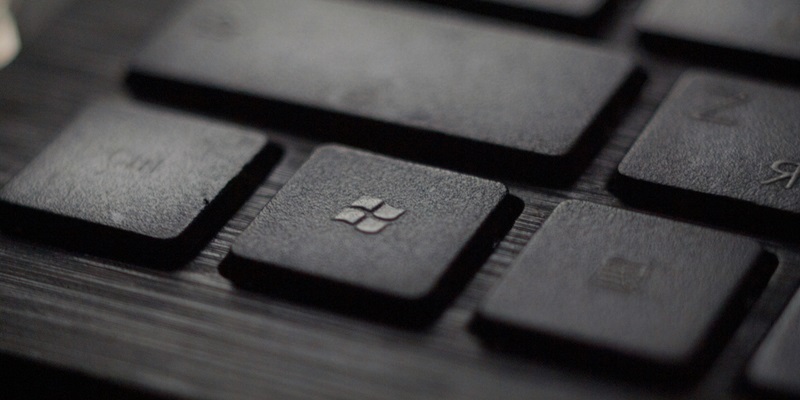In an era where technology incessantly evolves, the quest for innovation is never-ending. Windows, an iconic name synonymous with personal computing, has seen its fair share of reinventions. With Windows 11 critiqued for its perceived shortcomings in user-friendliness and customization, a new concept emerges from the imagination, stirring discussions among tech enthusiasts. Crafted by the concept creator known as AR 4789, the “Windows 13” concept pushes the boundaries of our expectations from an operating system. The visionary design envisages a platform that prioritizes a user-centered approach, rendering a more intimate and flexible computing experience. At its core, the concept tackles the pain points of typical users, offering features designed to make life easier such as interactive lock screen notifications, an accessible Recent Items list, and a modular menu laden with personalizable skins.
User-Centric Features and AI Integration
Delving deeper into the ideation of “Windows 13,” the proposed features bear testament to the potential of AI’s role in everyday computing. Advocating for seamless integration, AR 4789 charts a course akin to Microsoft’s own trajectory with Windows 11, yet with a more practical, hands-on application of AI technology. Features like adaptive backgrounds that respond to user input and intelligent OS control reflect a sophisticated use of AI, comparable to the likes of Apple’s new Apple Intelligence feature. In this envisioned ecosystem, the operating system would learn from the user, adjusting and anticipating needs to create a personalized, efficient experience.
Furthermore, the interactive aspect of the concept suggests a notable shift in UI/UX design philosophy. The idea of interactive lock screens offering immediate action on notifications, and effortlessly accessible lists of recent items, represents a thoughtful approach to reducing friction within the user interface, thereby making the interaction with the device not just more efficient, but also more enjoyable. This increased level of interaction and intuitive design isn’t just the future; it’s what users are beginning to expect now in a market that demands constant innovation and tailored experiences.
The Future of Windows: Reality Meets Imagination
The notion of a “Windows 13” tantalizes tech enthusiasts, but whether Microsoft will adopt such a moniker remains conjecture due to their history of whimsical product names. However, the crux of the concept is the seamless blend of cutting-edge functionality with a focus on the user, bringing increased personalization. This hypothetical design offers a glimpse of what consumers crave in an operating system, effectively voicing their preferences back to the developers.
This visionary iteration reflects a growing movement of consumer influence on product development, advocating for an operating system that adjusts to individual needs instead of being a rigid, universal application. Although humorously culminating with the notorious “Blue Screen of Death,” humor aside, it signifies that despite advancements, the importance of stability endures. The conceptual “Windows 13” is a call-to-arms for a smarter, deeply tailored OS—a nod to the evolving dynamic where everyday technology is molded by the input of its users.

